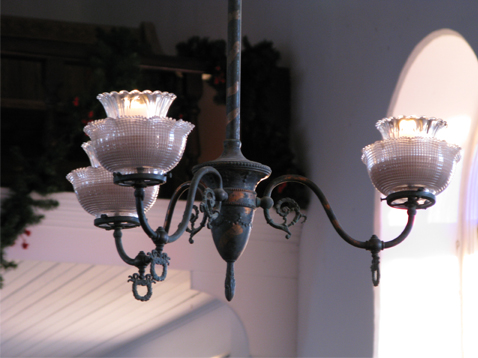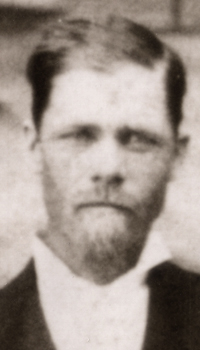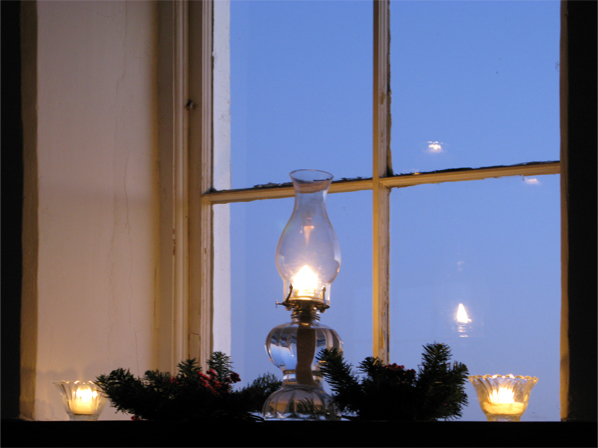CHURCH HISTORY
 Immigrants from Norway first began settling in Bosque County in 1854. Most days were spent clearing land, building shelter, harvesting food, and providing for everyday essentials. But Sundays were days of rest and for gathering to worship in homes. In 1886, St Olafs Kirke (The Rock Church) was built with mostly volunteer labor by church members, using rocks hauled from the mountain to the south. The church has neither running water nor electricity, and is heated by an old wood-burning stove. Both the stove and the Vocalion Reed Pump Organ (a rare instrument which has been recently restored), were manufactured before 1900. The hand-painted finish on the pews mimic more expensive wood. Pews, floors, and light fixtures are all original. In 1897, the Ladies Aid Organization purchased the Swedish bell which still hangs in the bell tower. An hour before services were to begin, the bell would ring, reminding people, “This is Sunday. Come to church.”
Immigrants from Norway first began settling in Bosque County in 1854. Most days were spent clearing land, building shelter, harvesting food, and providing for everyday essentials. But Sundays were days of rest and for gathering to worship in homes. In 1886, St Olafs Kirke (The Rock Church) was built with mostly volunteer labor by church members, using rocks hauled from the mountain to the south. The church has neither running water nor electricity, and is heated by an old wood-burning stove. Both the stove and the Vocalion Reed Pump Organ (a rare instrument which has been recently restored), were manufactured before 1900. The hand-painted finish on the pews mimic more expensive wood. Pews, floors, and light fixtures are all original. In 1897, the Ladies Aid Organization purchased the Swedish bell which still hangs in the bell tower. An hour before services were to begin, the bell would ring, reminding people, “This is Sunday. Come to church.”
 Rev. J.K. Rystad, who was pastor at Our Savior’s Lutheran Church in Norse (est. 1869), also served the new congregation at The Rock Church from 1886 until 1902, when St. Olaf’s congregation was able to support a preacher of its own. Church membership had grown enough by 1917 to require the “new” St. Olaf Church be built in Cranfills Gap. The congregation is responsible for both church buildings. Services were conducted in Norwegian until the 1940s.
Rev. J.K. Rystad, who was pastor at Our Savior’s Lutheran Church in Norse (est. 1869), also served the new congregation at The Rock Church from 1886 until 1902, when St. Olaf’s congregation was able to support a preacher of its own. Church membership had grown enough by 1917 to require the “new” St. Olaf Church be built in Cranfills Gap. The congregation is responsible for both church buildings. Services were conducted in Norwegian until the 1940s.
St Olafs Kirke is used for special services at Easter, Christmas Eve, and other planned events. It is a favorite spot for a quiet, simple wedding service, and serves on occasion for baptisms or funerals. The adjacent cemetery has been expanded to almost 3,000 spaces.

You must be logged in to post a comment.